With skyrocketing utility costs and the allure of tap into an inexhaustible source of energy, solar energy has experienced a surge in popularity in recent years. Nonetheless, many home-owners have shied away due to the significant investments required for installation, as well as the technical demands. Fortunately, modern technology makes it easier and more affordable to go solar with the rise of solar house kits now available on the market. This opens the way for families seeking to reduce their electricity bills while helping the planet at the same time!
Equipped with all the essential components, solar house kits provide homeowners the opportunity to install their own solar energy systems. At the epicenter of this system is the solar panel, bounded to the roof or walls of your residence with sturdy mounting hardware, which gathers light from the sun and transforms it into electricity. This electricity needs to be transformed into AC power suitable for your home’s electrical system, and this feat is accomplished by the inverter. The charge controller supervises the flow of electricity from the solar panel to the battery, which preserves the generated energy and provides power when daylight is absent.
Specially made for home use, a solar energy system comes with a solar house kit loaded with instructions on how to assemble and install the set-up. These directions are written in accessible language so that the process isn’t daunting; in addition, there will be a list of all the required tools and materials to completely configure the solar system.
If you dream of harnessing the power of the sun, solar house kits could be the perfect path to pursuing your goals. Cost-effective and easy-to-use, these kits cost less than a thousand dollars – that means no expensive installation fees! Plus, instructions are included so you can become your own solar energy system expert. Even those with limited DIY experience can put this marvel of modern science to work in no time.
Homeowners who are interested in maximizing cost savings and simplifying the installation of their own solar energy system may find solar house kits to be a beneficial option. Such kits provide a customizable setup that can be tailored to specific energy needs by selecting the right type and size of solar panel, inverter, and battery. Furthermore, compatibility issues are no longer a concern as these components are designed to function in unison.
Overall, for those searching for a DIY solar setup, house solar kits are the best route to take. Offering economical prices, stress-free installation, and a wide range of customizability, they provide the perfect combination of affordability and convenience.
With the continuing awareness of renewable resources, solar power has surged in popularity. It is an environmentally friendly energy option that can be used to power both homes and businesses. The rays emitted by the sun are collected and then transformed into electricity by PV cells, set up on any rooftop. As a result, the sun is a renewable battery of hope for generations to come.
The demands for solar energy are rising and many individuals are researching the installation of solar systems for their properties. Solar kits offer an ideal option as they contain all the necessary components for a successful solar system and cost less than purchasing them separately. As such, they provide an economical choice for those who are wishing to start in the realm of solar energy.
If you’re in the market for solar panel kits, it’s essential to bear in mind the size of the setup. Kits intended for residential or commercial use are typically configured between 250 to 1,000 watts. The wattage you select will depend on what amount of electricity you have in mind to generate.
With the size of your system finalized, it is time to select the components for the kit. Normally, the kits include photovoltaic panels, an inverter, a charge controller, and electrical wiring. These pieces are essential to forming your solar system; the panels absorb the sunlight and produce electric current, while the inverter converts the generated voltage from direct current (DC) to alternating current (AC). The charge controller steers this power towards the battery storage device, whilst in parallel, the electrical wiring connects all the components together.
With the components determined, it is time to put the system in place! For those who feel confident in their skills, most solar kits provide clear-cut instructions to enable successful installation. Nonetheless, if taking on this challenge does not appeal to you, it may be wise to call upon a professional.
Once you’ve finished setting up the system, you must link it to the electricity grid. This can be done either by making a connection to your home’s electrical box or asking an electrician to attach it directly to the power grid. This same grid will be used to provide power when your solar panels are unable to generate enough electricity.
Having a solar energy system set up in your home is possible with the assistance of a solar kit – and that comes with huge payoffs in both cost savings and eco-friendliness. Not only will you be reducing your carbon footprint but you’ll also be in the position to reap the rewards of reduced electricity costs.
Post time: 2023-08-02
Related Product
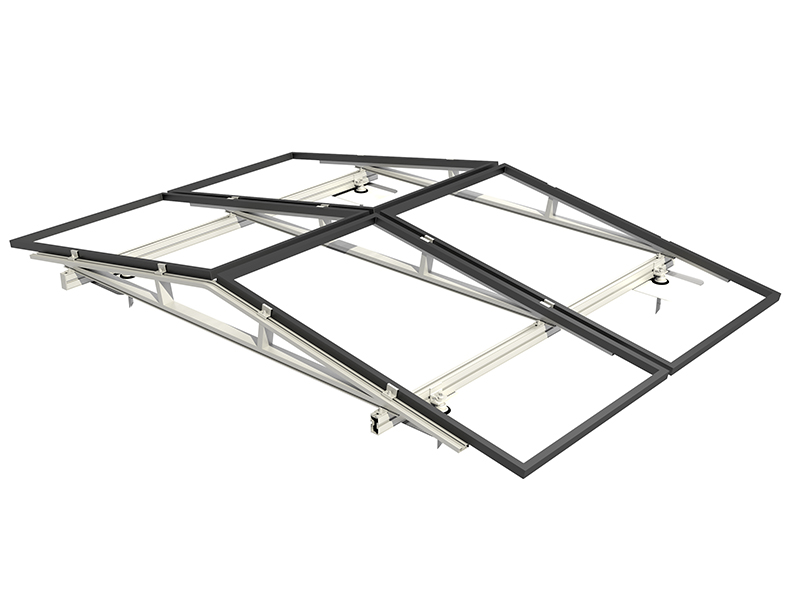
Inclined roof photovoltaic support
V support system for inclined roof The inclined roof installation system is suitable for all kinds of inclined roofs. According to the roof bearing capacity and waterproof requirem […]
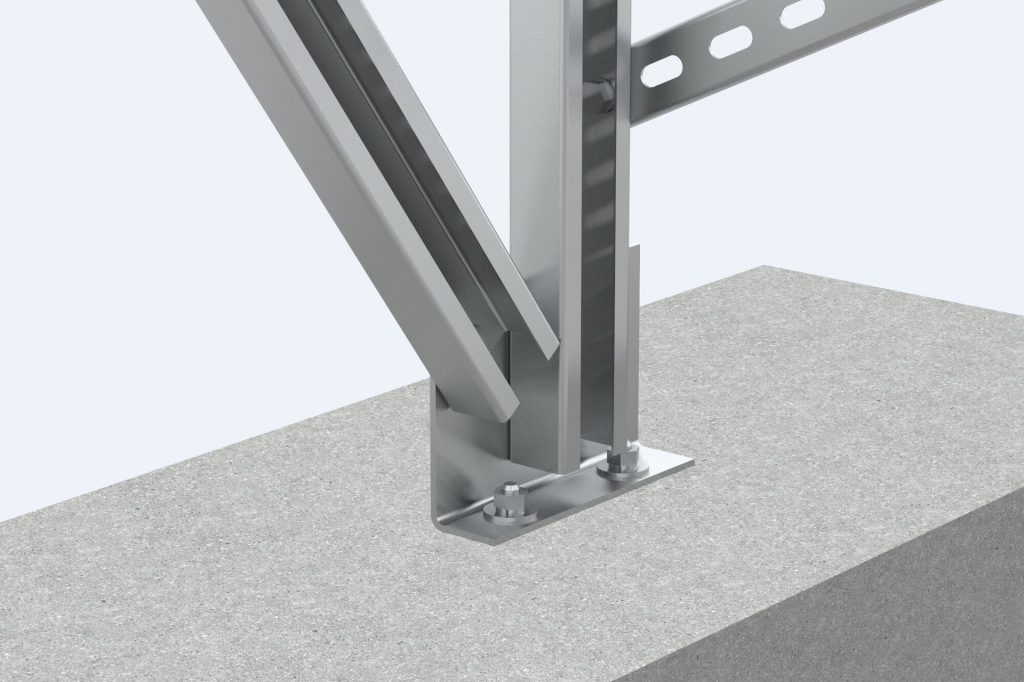
Flat roof photovoltaic support
Flat roof photovoltaic support Analysis of installation and construction problems of flat roof photovoltaic power station The external roof system on the roo […]
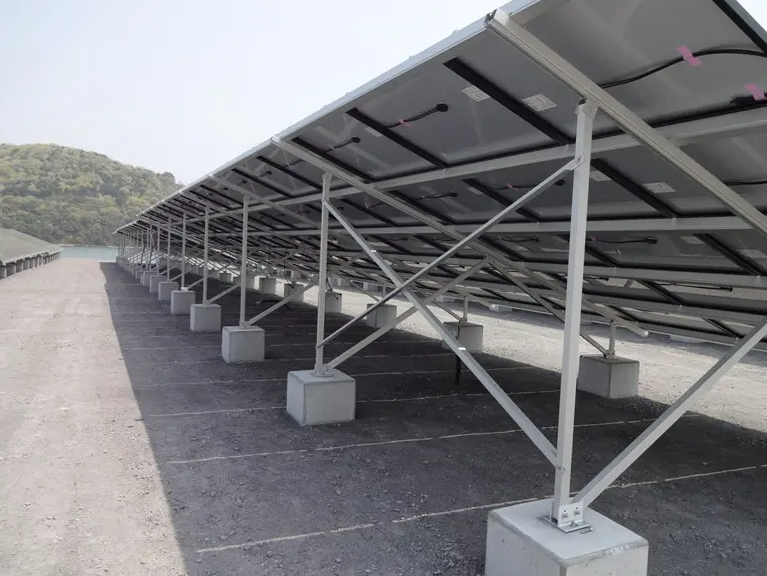
GROUND MOUNT PV Support
Placement position Ground Applicable component type Framed or frameless solar panels of various sizes Raw materials of support aluminium alloy Installation angle According t […]
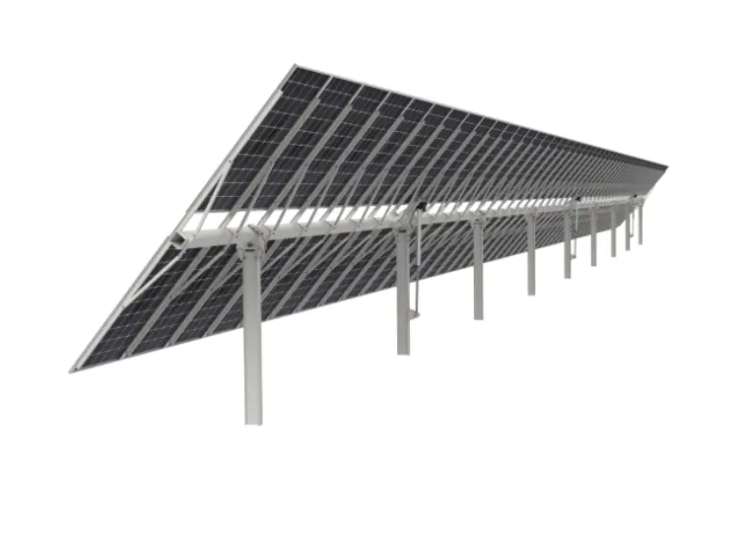
PV bracket tracking system
Ground tracking photovoltaic support Fully adapt to 210 major components The product has been tested in CPP wind tunnel Use AI algorithm to optimize tracking mode Irregular land is […]
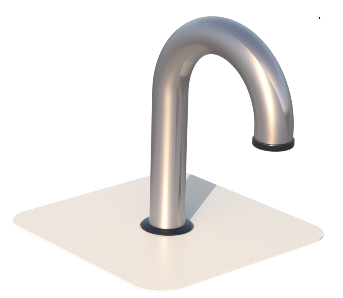
PV support KITS
What is Cable conduit? A metal protective tube with certain mechanical strength laid on the outer layer of the cable to prevent the cable from being damaged Cable threading […]
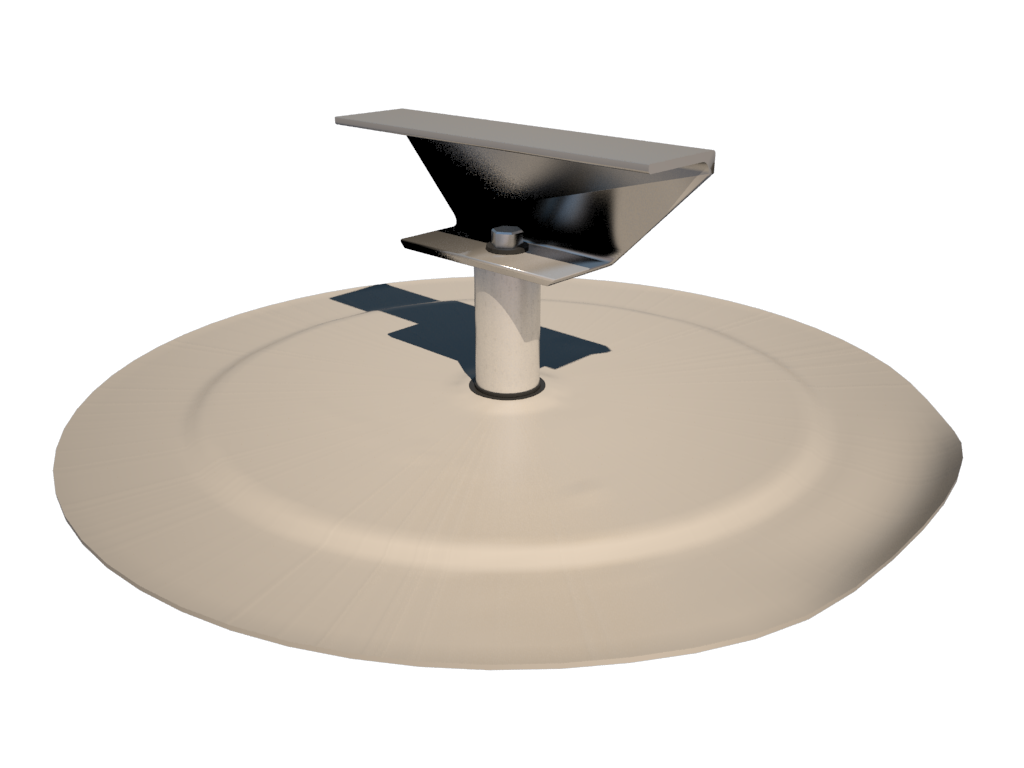
PV bridge support
Features of PV bridge support products: Strong resistance to negative wind pressure, good stability, strong bearing capacity and strong lateral tensile capacity; Easy and fast ins […]

Solar panel
PV Kits for fields, flat and pitched roofs The kit using photovoltaic support system is critical to photovoltaic support, including wind calculation speed, order picking speed and […]
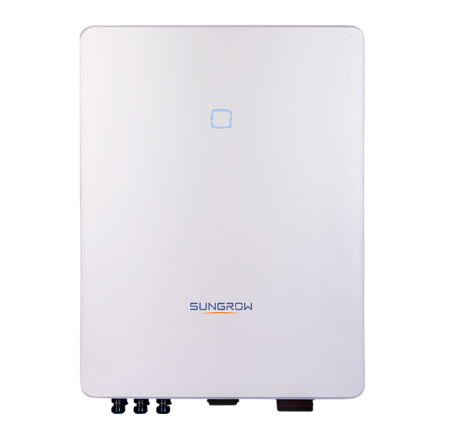
PV inverter
PV inverter (PV inverter or solar inverter) can convert variable DC voltage generated by photovoltaic (PV) solar panel into AC inverter of mains frequency, which can be fed back to […]
